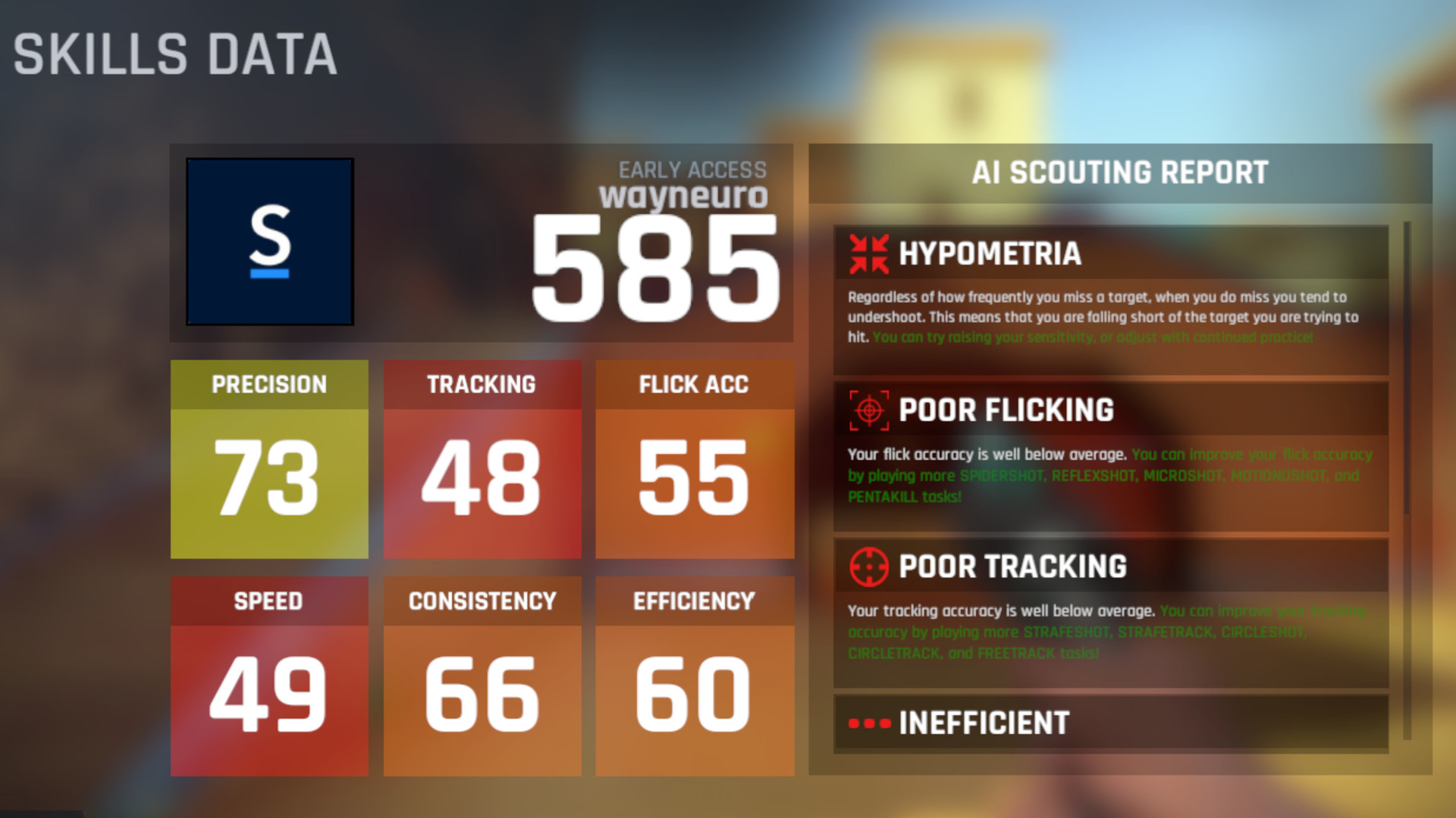
One hour after drinking the glucose solution, a normal blood glucose level is lower than 180 mg/dL (10 mmol/L).A normal fasting blood glucose level is lower than 95 mg/dL (5.3 mmol/L).If your blood glucose level is higher than 190 mg/dL (10.6 mmol/L) after the one-hour test, you'll be diagnosed with gestational diabetes. If you're being tested for gestational diabetes, your doctor will consider the results of each blood glucose test.Īt Mayo Clinic, if your blood glucose level is higher than 140 mg/dL (7.8 mmol/L) after the one-hour test, your doctor will recommend the three-hour test. Various factors can affect the accuracy of the glucose tolerance test, including illness, activity level and certain medications. If the results of your glucose tolerance test indicate type 2 diabetes, your doctor may repeat the test on another day or use another blood test to confirm the diagnosis. A blood glucose level of 200 mg/dL (11.1 mmol/L) or higher may indicate diabetes.You're also at risk of developing heart disease, even if you don't develop diabetes. If you have prediabetes, you're at risk of eventually developing type 2 diabetes. A blood glucose level between 140 and 199 mg/dL (7.8 and 11 mmol/L) is considered impaired glucose tolerance, or prediabetes.A normal blood glucose level is lower than 140 mg/dL (7.8 mmol/L).If you're being tested for type 2 diabetes, two hours after drinking the glucose solution: Results of the oral glucose tolerance test are given in milligrams per deciliter (mg/dL) or millimoles per liter (mmol/L). Your blood glucose level will be tested again one, two and three hours after you drink the solution.Īfter drinking the glucose solution, you'll likely need to remain in the doctor's office or lab while you're waiting for your blood glucose level to be tested.Īfter the glucose tolerance test, you can return to your usual activities immediately.You'll drink about 8 ounces (237 milliliters) of a glucose solution containing 3.5 ounces (100 grams) of sugar.You will be asked to come to the test fasting - not having had anything to eat or drink for the previous eight hours.If your doctor determines you're at risk or you have a suspicious value on the one-hour test, you may be advised to take a three-hour glucose tolerance test. Having a medical condition associated with the development of diabetes, such as metabolic syndrome or polycystic ovary syndrome.Gestational diabetes in an earlier pregnancy.Your doctor may recommend earlier screening if you're at increased risk of developing gestational diabetes. The American College of Obstetricians and Gynecologists recommends performing a one-hour blood glucose challenge test to screen for gestational diabetes in low-risk pregnant women between 24 and 28 weeks of pregnancy. Two hours later, your blood glucose level will be measured again.You'll drink about 8 ounces (237 milliliters) of a syrupy glucose solution containing 2.6 ounces (75 grams) of sugar.If you're being tested for type 2 diabetes: This blood sample will be used to measure your fasting blood glucose level.

When you arrive at your doctor's office or lab, a member of your health care team will take a sample of blood from a vein in your arm. The glucose tolerance test is done in several steps. You might want to fast overnight and schedule the test for early the following morning. What you can expect Before the procedureįor eight hours before the test, you won't be able to eat or drink anything. Let your doctor know if you're ill or taking any medications, as these factors can affect the results of your test. It's important to eat and drink normally in the days leading up to the glucose tolerance test.


 0 kommentar(er)
0 kommentar(er)
